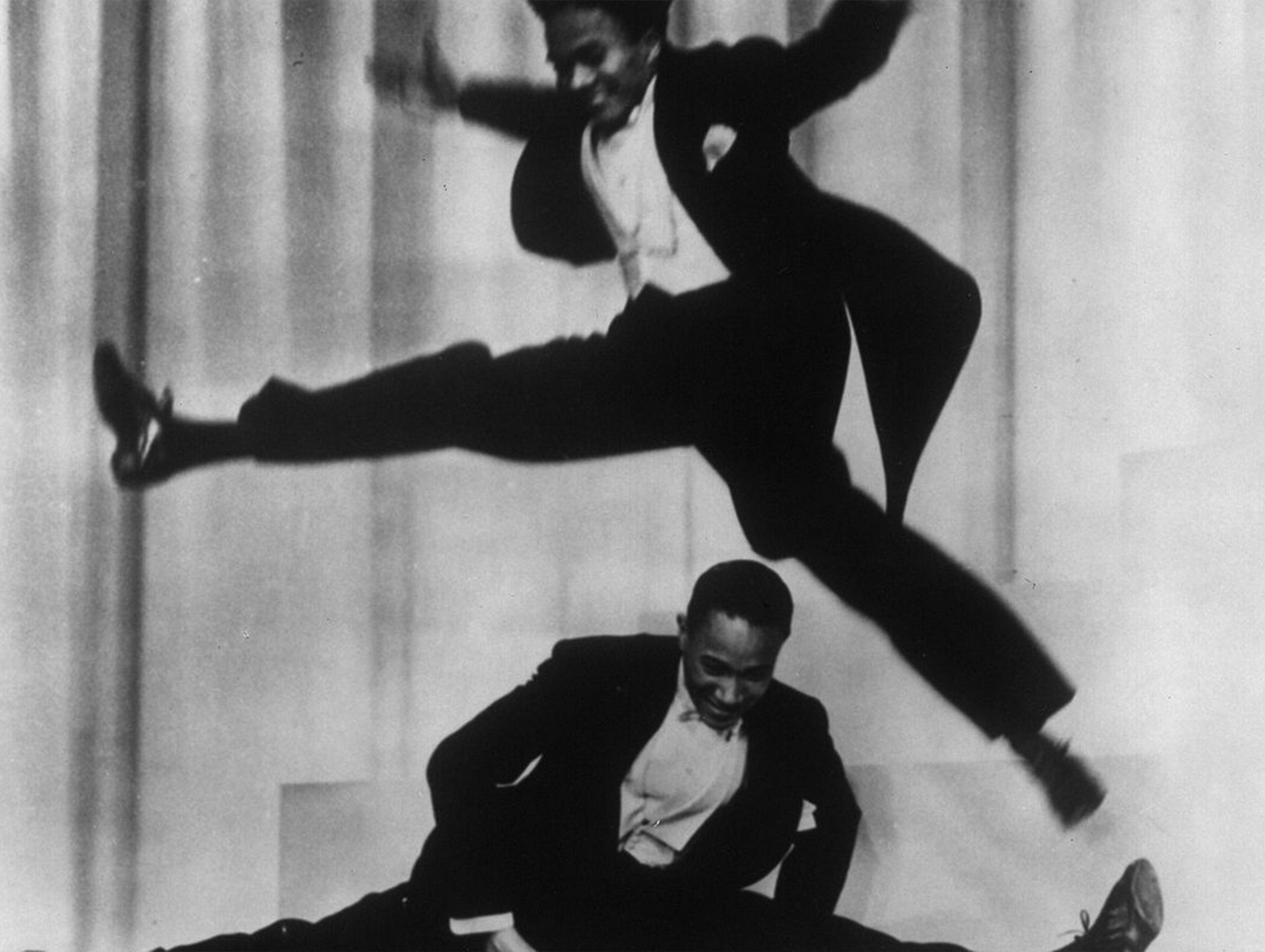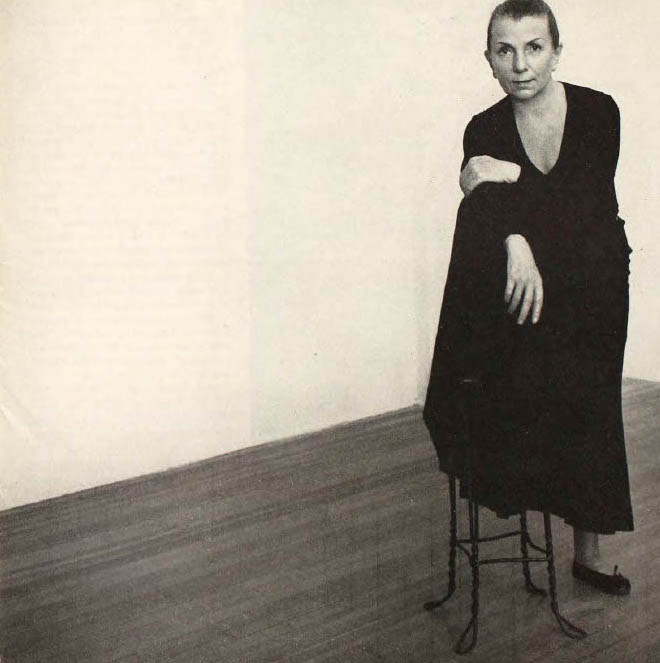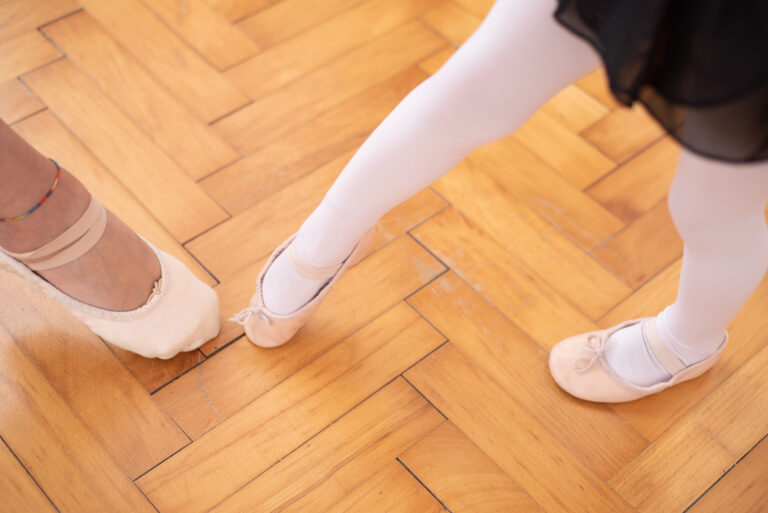
Fayard and Harold Nicholas, aka the Nicholas Brothers, were known for their one-of-a-kind “flash act” performances, characterized by full-bodied animation, rhythmic perfection and fearless stunts. They were among the first African-American entertainers to break through the segregation of pre-Civil-Rights-era America and be featured in integrated films.
Growing up in Philadelphia, Fayard learned to dance by imitating the vaudeville tappers who performed at Philadelphia’s Standard Theatre, where his parents worked as jazz musicians. He taught everything he learned to his younger brother Harold. They debuted in New York City in 1932, already adept performers, despite their lack of formal training. They soon landed gigs at the Lafayette Theatre and the famed Cotton Club in Harlem.

Their song-and-dance act caught them plenty of attention: They were given a small dance number in the film Kid Millions (1934), and George Balanchine cast them in his 1937 Broadway musical Babes in Arms. For the next 14 years, they appeared steadily in films as a dancing duo, though they were never given dramatic or heavy speaking roles. But they made the most of their limited screen time, often stealing the show from the films’ headliners. In Down Argentine Way (1940), they had a dance-off with slides, splits and one-footed wings. Stormy Weather (1943) highlighted their athleticism, via a series of leapfrogging splits while going down a staircase.
By the 1950s, the brothers had dissolved their act, frustrated by the racist attitudes that still limited access for African-American performers and audiences. They parted ways to pursue independent performing careers, eventually reuniting as a duo to make guest appearances at various events throughout the 1970s and ’80s. After a six-decade career, Harold died in 2000 at age 79; Fayard passed in 2006 at 91.
The Work
The Nicholas Brothers performed specialty acts—song-and-dance numbers unconnected to a film or musical’s plot. These segments allowed them to showcase their technical proficiency and brilliant showmanship.
- Kid Millions (1934) In their feature film debut, the brothers showed off their dancing and comedic talents in the finale “Mandy,” choreographed by Fayard. Standing on either side of the film’s main character, they took turns upstaging him with lightning-fast double wings and toe-stands.
- Orchestra Wives (1942) In the rousing “I’ve Got a Gal in Kalamazoo,” Harold debuted his signature flash move: running up a wall, launching into a back-flip and then landing in a full split. Meanwhile, Fayard charged through space with a traveling axle turn that landed in a split.
- Stormy Weather (1943) In this all-black musical, which featured Bill “Bojangles” Robinson and Katherine Dunham and her dancers, the brothers tapped on top of tables, pedestals and a piano; jumped over musicians’ heads; and leaped off platforms to the toe-tapping tune “Jumpin’ Jive.”
Fun Facts
- The Nicholas Brothers’ act was initially a trio called “The Nicholas Kids,” which included their sister Dorothy.
- They appeared on Broadway in The Ziegfeld Follies of 1936, dancingalongside Josephine Baker, the Beyoncé of the Jazz Age.
Style
The Nicholas Brothers had an energetic style that used their whole bodies, including the arms, head and hands. This contrasted with earlier hoofers who danced with an upright posture, minimal upper-body movement and grounded footwork. With surprising flexibility and an uncanny ability to traverse through the space, the brothers put agility and athleticism into tap dance. They had an expert command of rhythm and were able to intersperse their acrobatic feats into routines while staying in perfect time with the music. They used slides, leaps, flips, turns, runs, splits and toe-stands and frequently wore tuxedos in their act.
The Legacy Lives On
The Nicholas Brothers’ speedy, rhythmically complex and full-bodied style paved the way for generations of tap dancers, including Jimmy Slyde and Gregory Hines, who, with his brother Maurice, aspired to be the next Nicholas Brothers. Mikhail Baryshnikov has also lauded the Nicholas Brothers’ influence in technique, musicality, choreographic construction and even other artforms like break-dancing and rap.
Check out these resources for your students:
Books:
Brotherhood in Rhythm: The Jazz Tap Dancing of the Nicholas Brothers, by Constance Valis Hill, Oxford University Press, 2000
Articles:
“Two for the Ages,” by Katie Rolnick, Dance Teacher, July 2012
“Mean feet: the tap-dancing duo who were Fred Astaire’s heroes,” by Judith Mackrell, The Guardian, 2016
Videos:
“Nicholas Brothers in Stormy Weather,” YouTube, TapZatNYC, 2006
“Nicholas Brothers – Down Argentine Way,” YouTube, Australian Tap Dance Festival, 2012
Films:
Nicholas Brothers: Stormy Weather, (Michael Shevloff, director), 2022
Web:
The Official Nicolas Brothers Website: https://www.nicholasbrothers.com
Dance Heritage Coalition: “America’s Irreplaceable Dance Treasures”: https://danceheritage.org/treasures.html





